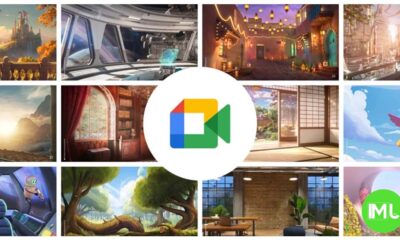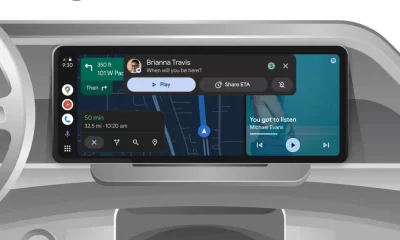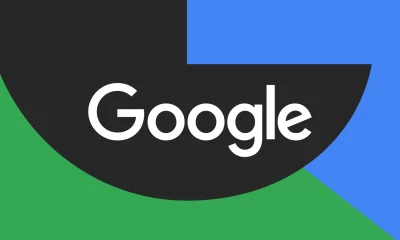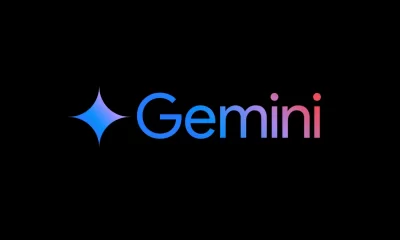YouTube launches new features: Miniplayer, custom playback speed, sleep timer, and more
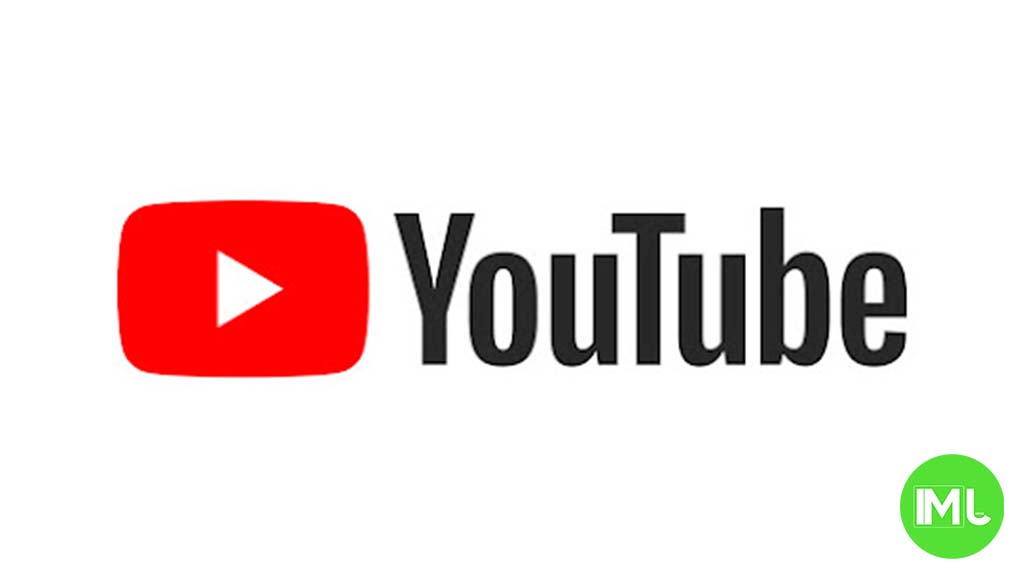
YouTube has officially rolled out several new features that were recently in testing, improving the user experience on both Android and iOS devices. The updates include enhancements to the mini player, playback speed controls, playlist features, and more. Here’s a breakdown of the latest additions:
Redesigned Miniplayer for Mobile
The YouTube app now features a redesigned mini-player that resembles a picture-in-picture window. Previously, users saw a small bar above the bottom navigation with a cramped design. Now, the video floats above with a close button at the corner, while the controls for play/pause and 10-second rewind/forward sit just below. A key improvement is that users can now resize and move the miniplayer around the screen for a better viewing experience.
Sleep Timer for Better Control
YouTube has introduced a sleep timer for both free and Premium users. This feature can be accessed in the player’s settings menu, allowing users to set the video to stop playing after 10, 15, 20, 30, or 45 minutes, one hour, or at the end of the video. This update is especially useful for those who watch videos before sleeping, ensuring the app doesn’t run all night.
Fine-Tuned Playback Speed Controls
Another significant update is the new fine-tunable playback speed feature. On mobile, instead of selecting speeds from a rigid list (like 0.25x to 2x), users now have a slider for more precision. The speed can be adjusted in 0.05x increments, offering more flexibility. For quick adjustments, plus and minus buttons are also available, along with some preset speed options for convenience.
Playlist Enhancements
Several playlist features are also part of YouTube’s update. One of the most exciting changes is the ability to create custom thumbnails for playlists. Users can now upload their own images or use AI-generated ones to personalize their playlists. This feature is also coming to YouTube Music and will soon be available on the main site for web users.
Collaborative playlists are another upcoming addition, allowing users to create and share playlists with others using a link or QR code, which will be especially useful on smart TVs. Later this year, YouTube plans to let viewers vote on videos within these playlists, enabling better curation by ranking the most popular content.
YouTube Badges for Recognition
YouTube is rolling out special badges that celebrate user achievements. These badges will highlight unique milestones, such as being among the first paid subscribers to a creator’s channel or completing quizzes accurately. In YouTube Music, badges will recognize top listeners or those who have received hearts from creators on their comments. These new badges will appear in the “You” tab over the next few weeks, providing users with more recognition for their engagement.
Conclusion
These new updates from YouTube aim to improve the overall user experience with more customizable options, better controls, and enhanced playlist features. The ability to personalize thumbnails, collaborate on playlists, and earn badges adds a layer of interaction and recognition that makes the platform even more engaging. Whether you’re using YouTube to watch, listen, or curate content, these updates provide new ways to enhance your experience.
Google Meet gets a fresh new look with Material 3 design
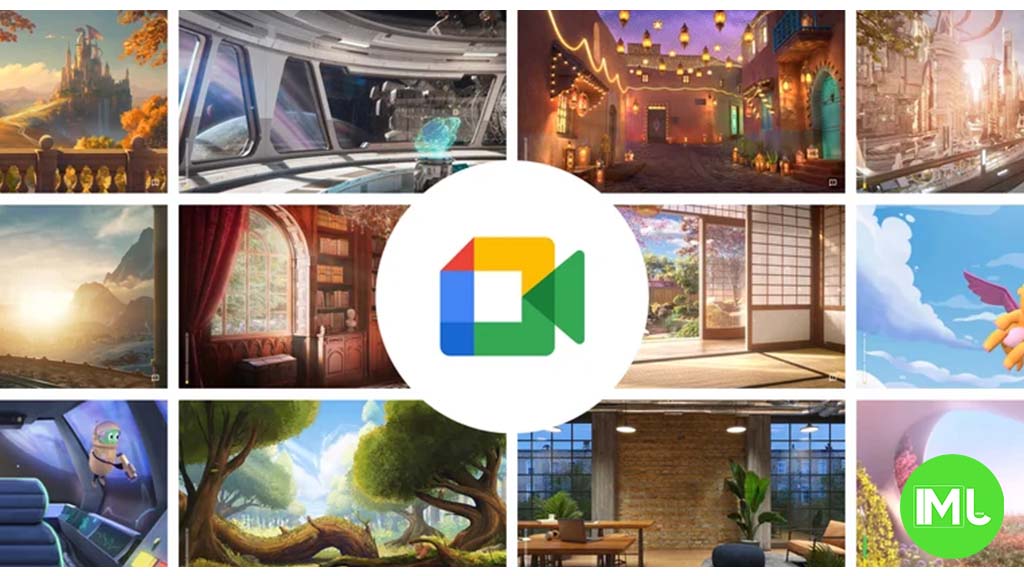
Google Meet is getting a big update to its look, thanks to the new Material 3 design. This change brings a cleaner and more modern style to the video calling app, making it easier and more enjoyable to use.
With Material 3, Google Meet now has rounder buttons, softer colors, and better spacing between elements. The main controls, like the microphone, camera, and end call buttons, are now larger and easier to tap. The icons and text are also clearer, which helps users find what they need quickly during a call.
Another improvement is the new “expressive” color system. This feature lets the app’s colors match your device’s wallpaper or theme, giving each user a unique and personalized experience. The changes also make Google Meet more accessible, as the new design is easier to read and use for everyone, including people with vision difficulties.
These updates are rolling out to both web and mobile versions of Google Meet. Google says the new look will help people feel more comfortable and focused during their meetings. Overall, the Material 3 update makes Google Meet not only look better but also work better for all its users.
Android
Easy ways to change Android Auto’s look with light and dark themes
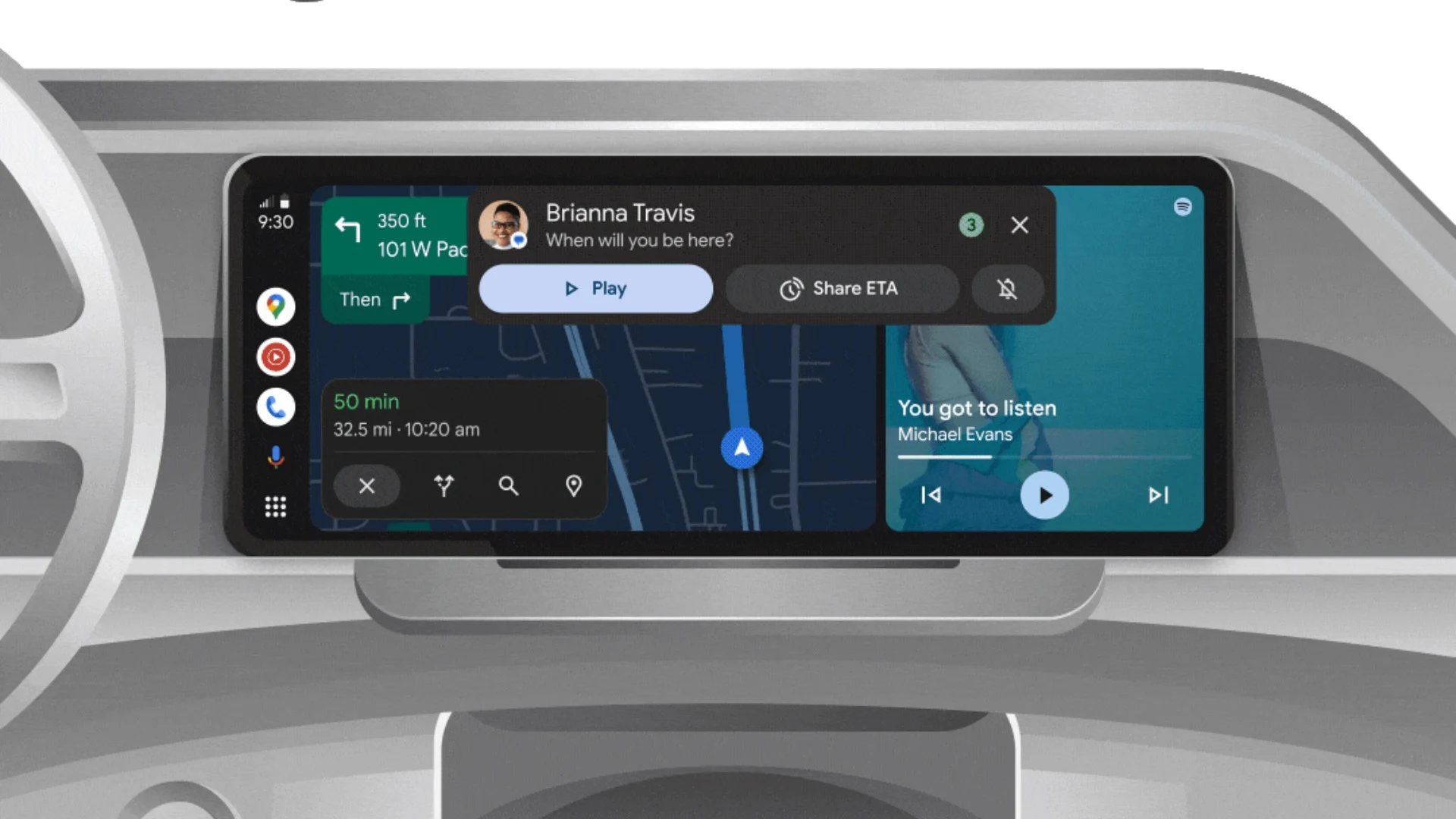
Android Auto is a helpful tool that lets you use your phone’s apps safely while driving. It connects your phone to your car’s screen, making it easier to use maps, music, and calls. One of the features many people like is the ability to change how Android Auto looks by switching between light and dark themes.
How to switch between light and dark themes
Android Auto offers two main themes: light and dark. The light theme uses brighter colors, which can make the screen easier to see during the day. The dark theme uses darker colors, which can be more comfortable for your eyes at night or in low light.
To change the theme, follow these steps:
- Open the Android Auto app on your phone.
- Go to the settings menu.
- Find the “Theme” option.
- Choose between “Light,” “Dark,” or “Set by car” (this lets your car decide the theme based on the time of day or your car’s settings).
Why themes matter
Using the right theme can make driving safer and more comfortable. The light theme is good for bright days, while the dark theme helps reduce glare at night. Having these options means you can pick what works best for you, making Android Auto easier to use in any condition.
In short, Android Auto’s theme options are simple to use and help you drive more safely by making the screen easy to see, no matter the time of day.
Google Drive and Files by Google get fresh updates for easier use

Google is rolling out some helpful updates to two of its popular apps: Google Drive and Files by Google. These changes are designed to make managing your files and watching videos much smoother.
First, Google Drive is getting a new video player. Now, when you upload a video to Drive and open it, you’ll notice a fresh look that matches Google’s latest design style. The controls, like play and pause, are easier to use and look cleaner. This update makes it simpler to watch videos directly in Drive without needing to download them first.
Meanwhile, the Files by Google app is also getting a makeover. The app is adopting Google’s Material 3 design, which means it looks brighter and more modern. The buttons and menus are easier to see and use, making it simpler to find, move, and organize your files. There are also new color options and improved icons, so everything feels more user-friendly.
Both updates show Google’s commitment to making its apps more helpful and enjoyable to use. Whether you’re watching videos in Drive or sorting files on your phone, these changes aim to save you time and make things less complicated. If you use these apps, keep an eye out for these new features—they should arrive soon!
-

 Apps1 year ago
Apps1 year agoGboard Proofread feature will support selected text
-

 News1 year ago
News1 year agoSamsung USA crafting One UI 6.1.1
-

 Apps12 months ago
Apps12 months agoGoogle Contacts app testing new Besties Widget
-
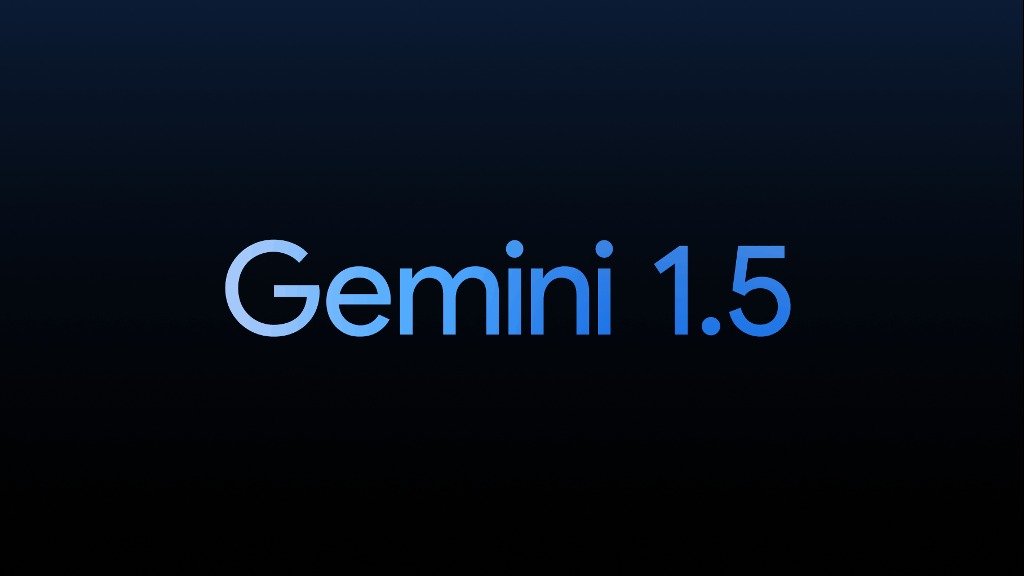
 AI12 months ago
AI12 months agoGoogle Pixel 9 Pro may come with a complimentary one-year Gemini Advanced subscription
-

 News1 year ago
News1 year agoBreaking: Samsung Galaxy S22 may get Galaxy AI features
-
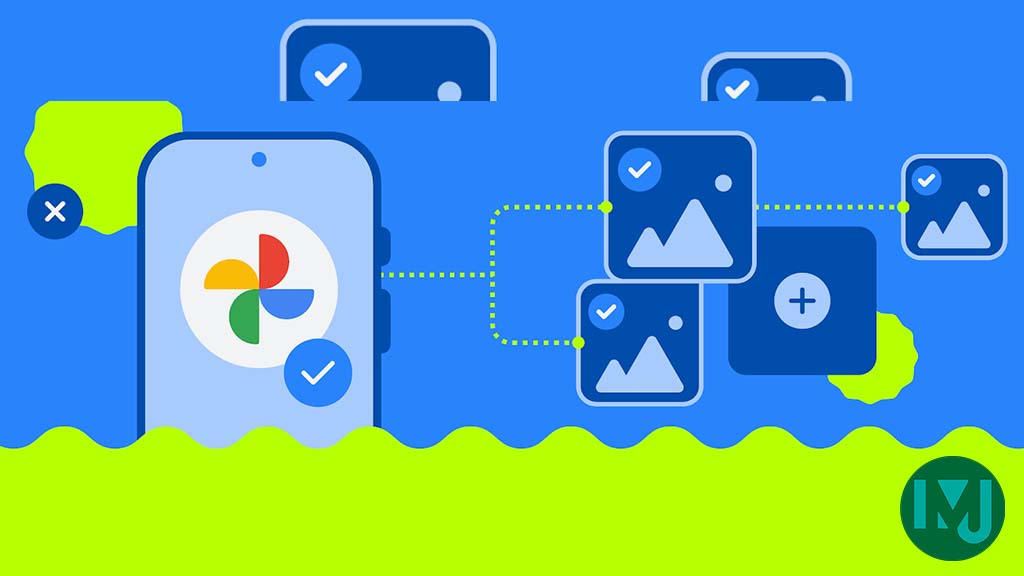
 Apps12 months ago
Apps12 months agoGoogle working on a new video editing feature for its Photo app
-
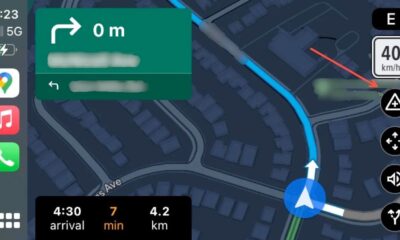
 Apps12 months ago
Apps12 months agoGoogle Maps lets you report traffic jams and accidents on Apple CarPlay, but not on Android Auto
-

 Apps12 months ago
Apps12 months agoGoogle Messages app will transform MMS chats into RCS

